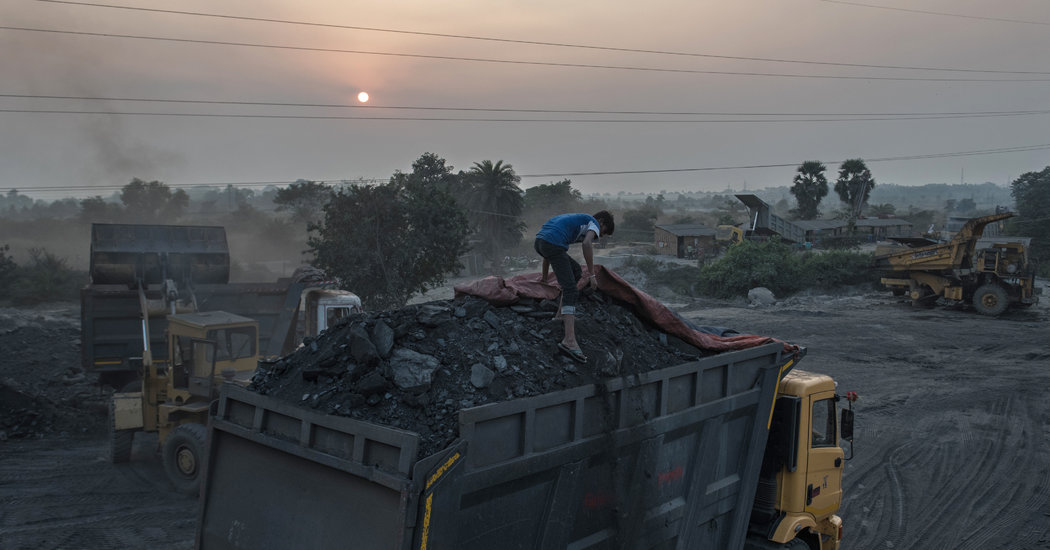‘Even the trees are dying’
Nguy Thi Khanh has seen the contest close-up in Vietnam. Born in 1976, a year after the end of the war, she remembers doing homework by the light of a kerosene lamp. In her northern village, the electricity failed several hours a day. When it rained, there was no power at all. When it came, it came from a coal plant not far away. When her mother hung laundry to dry, ash settled on the clothes.
Today, pretty much every household in Vietnam, population 95 million, has electricity. Hanoi, the capital, where Ms. Nguy now lives, is in a frenzy of new construction, with soaring demand for cement and steel — both energy guzzlers. The economy is galloping. And, up and down the coast, 1,600 kilometers in length, foreign companies, mainly from Japan and China, are building coal plants.
One such project is in Nghi Son, a onetime fishing village south of Hanoi and now home to a sprawling industrial zone. The first power plant opened here in 2013. Japan’s overseas aid organization, the Japan International Cooperation Agency, paid for it. The Japanese trading house Marubeni developed it.
A second coal-fired power plant, far bigger, is under construction next door. Marubeni is building that too, along with a Korean company. The Japan Bank for International Cooperation, an export credit agency meant to lower financial risk for private lenders, is helping to fund it.
In the shadow of the smokestack, Nguyen Thi Thu Thien was drying shrimp on the side of the road and complaining bitterly. She had moved out of her house after the power plant built an ash pond right in front. “The coal dust has blackened my house,” she said. “Even the trees are dying. We can’t live there.”








